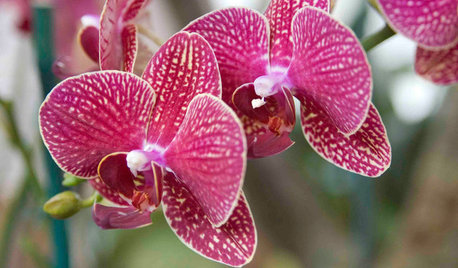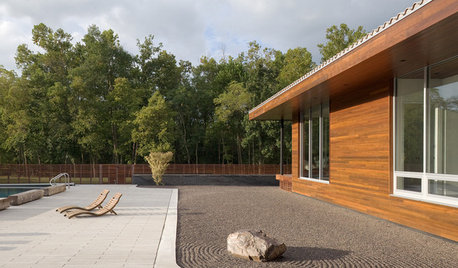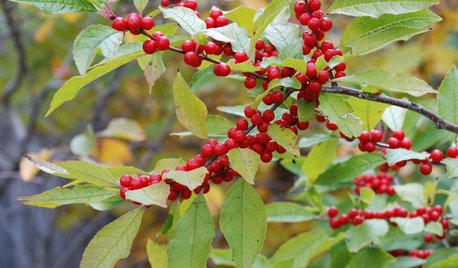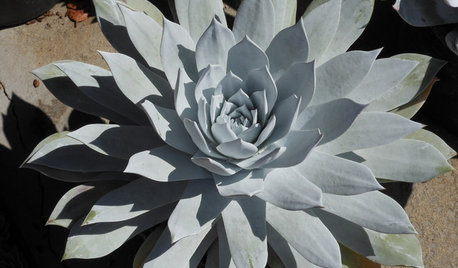Are my dormant plants alive?
banjoman
17 years ago
Related Stories

HOUSEPLANTSOrchids 101: How to Keep Your Moth Orchids Alive and Blooming
Growing Phalaenopsis — and getting it to flower again — is easier than you might think
Full Story
MY HOUZZMy Houzz: Creative Collections Make a Designer’s Apartment Feel Alive
Houseplants and vintage treasures give a Sydney designer’s apartment a beautifully relaxed bohemian look
Full Story
TRADITIONAL HOMESHouzz Tour: A Historic Remodel Keeps the Romance Alive
It was love at first sight for the owner of a 2-centuries-old house. She and her husband renovated it with tender loving care
Full Story
LANDSCAPE DESIGNMake Your Garden Come Alive With a Sense of Movement
Master the illusion of motion for an exceptional garden that stirs emotions and the imagination
Full Story
HOUZZ TOURSMy Houzz: A Country-Style Loft Comes Alive With DIY
Perched cozily above their shop, an Ontario couple's home brims with lovingly handmade and repurposed pieces
Full Story
GARDENING GUIDESGreat Design Plant: Winterberry Rouses Frosty Gardens
Energize dormant winter landscapes with this shrub's brilliant berries — and do right by hungry birds too
Full Story
GARDENING GUIDESThe Beauty of Bare-Root Plants
Plant dormant trees and shrubs in fall using the easy, affordable bare-root method and enjoy beautiful results in spring
Full Story
GARDENING FOR BUTTERFLIES3 Ways Native Plants Make Gardening So Much Better
You probably know about the lower maintenance. But native plants' other benefits go far beyond a little less watering and weeding
Full Story
HOUSEPLANTS8 Essentials for Healthy Indoor Plants
Houseplants add so much to our homes — and can thrive when grown in the right conditions. Keep these tips in mind
Full Story
GARDENING GUIDESGreat Design Plant: Dudleya, a Dramatic California Native
Set up this succulent in native conditions and see just how little care it needs to thrive in the landscape
Full StorySponsored






petiolaris
mutant_hybrid
Related Professionals
Kyle Landscape Architects & Landscape Designers · Saint Louis Park Landscape Architects & Landscape Designers · Milford Landscape Contractors · Pottstown Landscape Contractors · Woburn Landscape Contractors · Aloha Landscape Contractors · Clark Landscape Contractors · El Sobrante Landscape Contractors · Lewisville Landscape Contractors · Methuen Landscape Contractors · Middleton Landscape Contractors · Oakland Landscape Contractors · San Pedro Landscape Contractors · Tacoma Landscape Contractors · Canyon Lake Stone, Pavers & ConcretebanjomanOriginal Author
hunterkiller03
tommyr_gw Zone 6
purplemonkeydishwash
petiolaris
purplemonkeydishwash
petiolaris
mutant_hybrid
ilbasso_74